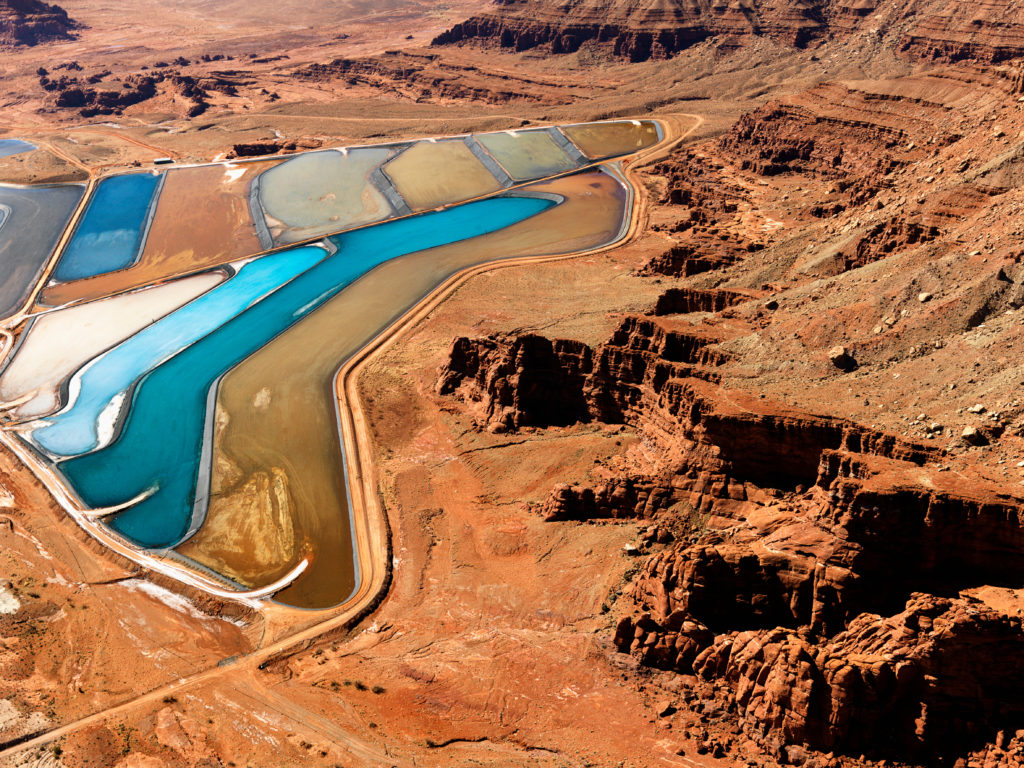Guest column: America’s mineral blind spot – the trillion-dollar opportunity hiding in plain sight

In the sprawling mines of Utah and Arizona, where the likes of Rio Tinto and other global giants extract copper and nickel by the ton, a different kind of wealth quietly slips through the cracks. Germanium, gallium, tellurium—names that don’t make headlines, but underpin the technologies of tomorrow—are discarded as waste or left ignored in tailings ponds. While China tightens its grip on these critical minerals, the US sits idle, stymied not by geology but by corporate calculus.
It’s not that American engineers can’t extract these minerals—far from it. Ask any mining engineer and they’ll tell you it’s entirely possible. But ask a corporate executive or financier and they will tell you that it is simply not worth it. This, despite the fact that these materials are the building blocks for semiconductors, solar panels, and defense systems.
Margins for mining by-products like many of those minerals listed on the US critical minerals list are thin, their markets minute compared to the global juggernauts of aluminum, steel, and iron. For a sense of scale, take the market size for tellurium, which was $464 million in 2021, vs. copper’s market size of roughly $200 billion in that same year. Big mining companies have little incentive to invest in these niche materials when they can just as easily sweep them into the waste stream without denting their balance sheets.
Big mining companies have little incentive to invest in these niche materials when they can just as easily sweep them into the waste stream without denting their balance sheets.
The incentives need to change. The US is not mining in a vacuum—China, through its aggressive industrial policies and state support, has already locked down supply chains for most of these minerals. It has recently imposed export restrictions on germanium, gallium, natural graphite, and antimony.
S&P Global recently reported that the US has around $8 trillion worth of minerals that are trapped underground. As policymakers scramble to diversify supply chains and reduce reliance on adversaries, they’re missing the bigger picture. It’s not about finding more minerals. It’s about rethinking how we make what we already have financially viable.
One promising solution is floating around Washington policy circles: a Strategic Resource Reserve (SRR). The idea is for Congress to establish long-term purchase agreements for critical minerals like gallium and tellurium, thereby giving mining companies a guaranteed buyer. Offtake agreements for by-products alone won’t cut it—these contracts must come with financial incentives significant enough to change corporate behavior.
Policymakers need to think bigger. One way to augment the offtake agreements is to add preferential rates for minerals deemed critical to national security and technology development. Without these measures, we are doomed to repeat the cycle of missed opportunities, as American-made minerals continue to slip into obscurity.
Aligning national security interests with corporate motives is critical. Other mechanisms, like the rumored US Sovereign Wealth Fund—could match spending in greenfield investment in the US up to a certain threshold if a mining corporation goes into an offtake agreement for certain minerals. For instance, Congress could authorize a 1:1 matching of investment for the delineation of new deposits through leveraging the Fund’s capital base. To support the building of new mines, the Fund could offer concessional financing terms for a portion of the capex required through debt, or even take direct equity stakes in exchange for offtake into the SRR.
Investments in smaller-market critical minerals may not light up the quarterly earnings call, but they are essential to the nation’s long-term economic and strategic future. A $20 million tellurium project might be a rounding error on many corporate balance sheets, but they play an outsize role in both meeting energy transition goals, as well as national security needs.
Critical minerals are hiding in plain sight, waiting for policymakers and executives to stop asking whether it’s possible and start asking how it can be made profitable.
(Gabriel Collins is a graduate student researcher at the Colorado School of Mines; Ian Lange is an associate professor of economics at the Colorado School of Mines; and Morgan Bazilian is director of the Payne Institute and professor of public policy at the Colorado School of Mines.)
{{ commodity.name }}
{{ post.title }}
{{ post.date }}




Comments